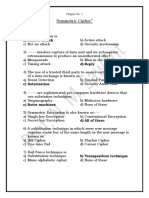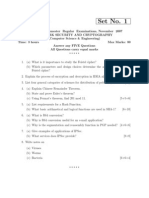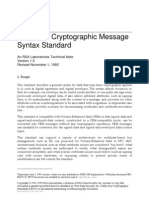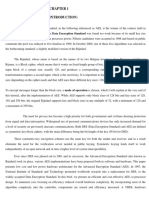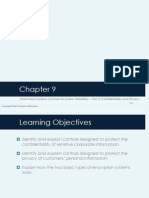0% found this document useful (0 votes)
3 views5 pages2 Mark Cs
The document covers various concepts in information security, including the CIA Triad (Confidentiality, Integrity, Availability), the Euclidean Algorithm for finding the GCD, and definitions of steganography and cryptography. It also discusses different types of attacks, encryption techniques like Caesar Cipher and RC4, and compares block and stream ciphers. Additionally, it highlights the challenges of key management in symmetric cryptography and the computational inefficiencies of asymmetric cryptography for large data.
Uploaded by
kaishwarya978Copyright
© © All Rights Reserved
We take content rights seriously. If you suspect this is your content, claim it here.
Available Formats
Download as DOCX, PDF, TXT or read online on Scribd
0% found this document useful (0 votes)
3 views5 pages2 Mark Cs
The document covers various concepts in information security, including the CIA Triad (Confidentiality, Integrity, Availability), the Euclidean Algorithm for finding the GCD, and definitions of steganography and cryptography. It also discusses different types of attacks, encryption techniques like Caesar Cipher and RC4, and compares block and stream ciphers. Additionally, it highlights the challenges of key management in symmetric cryptography and the computational inefficiencies of asymmetric cryptography for large data.
Uploaded by
kaishwarya978Copyright
© © All Rights Reserved
We take content rights seriously. If you suspect this is your content, claim it here.
Available Formats
Download as DOCX, PDF, TXT or read online on Scribd
/ 5




























































































